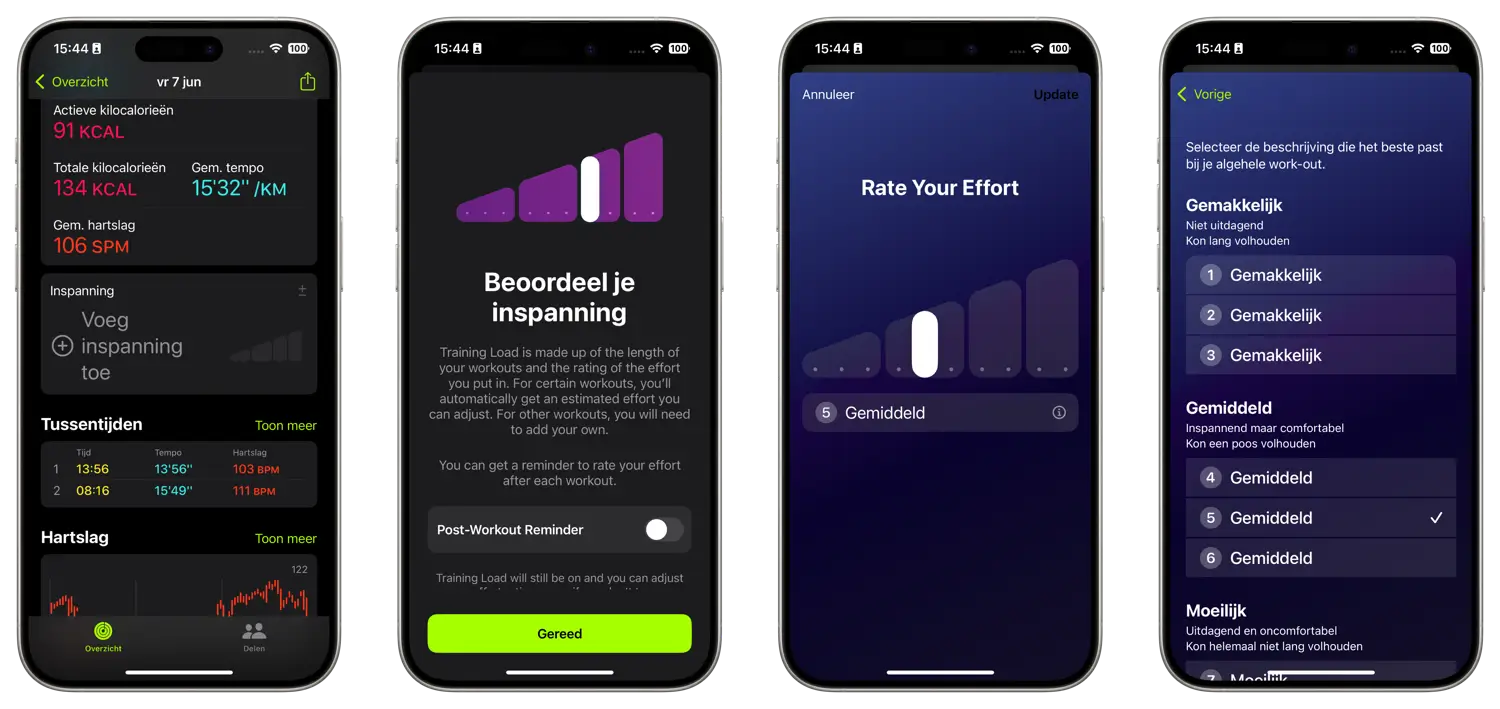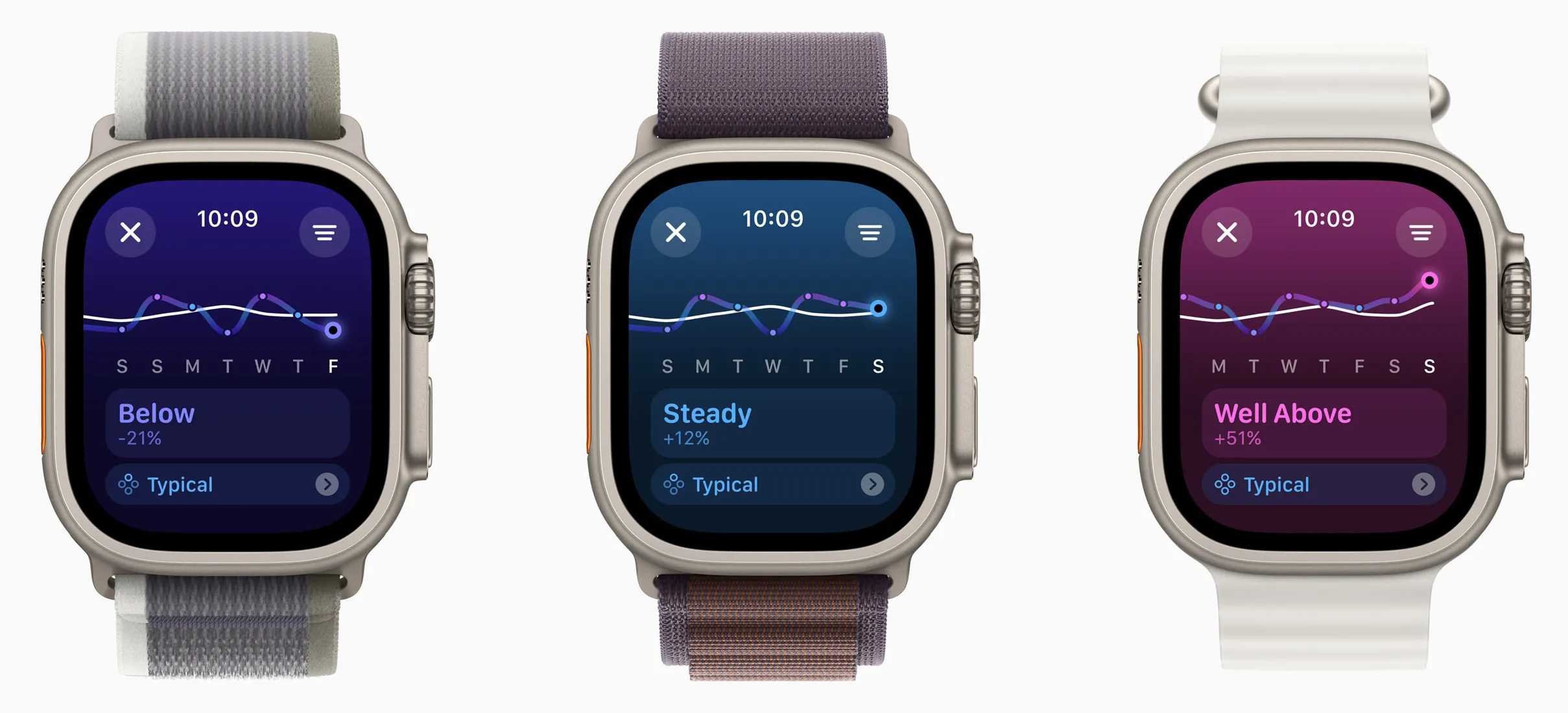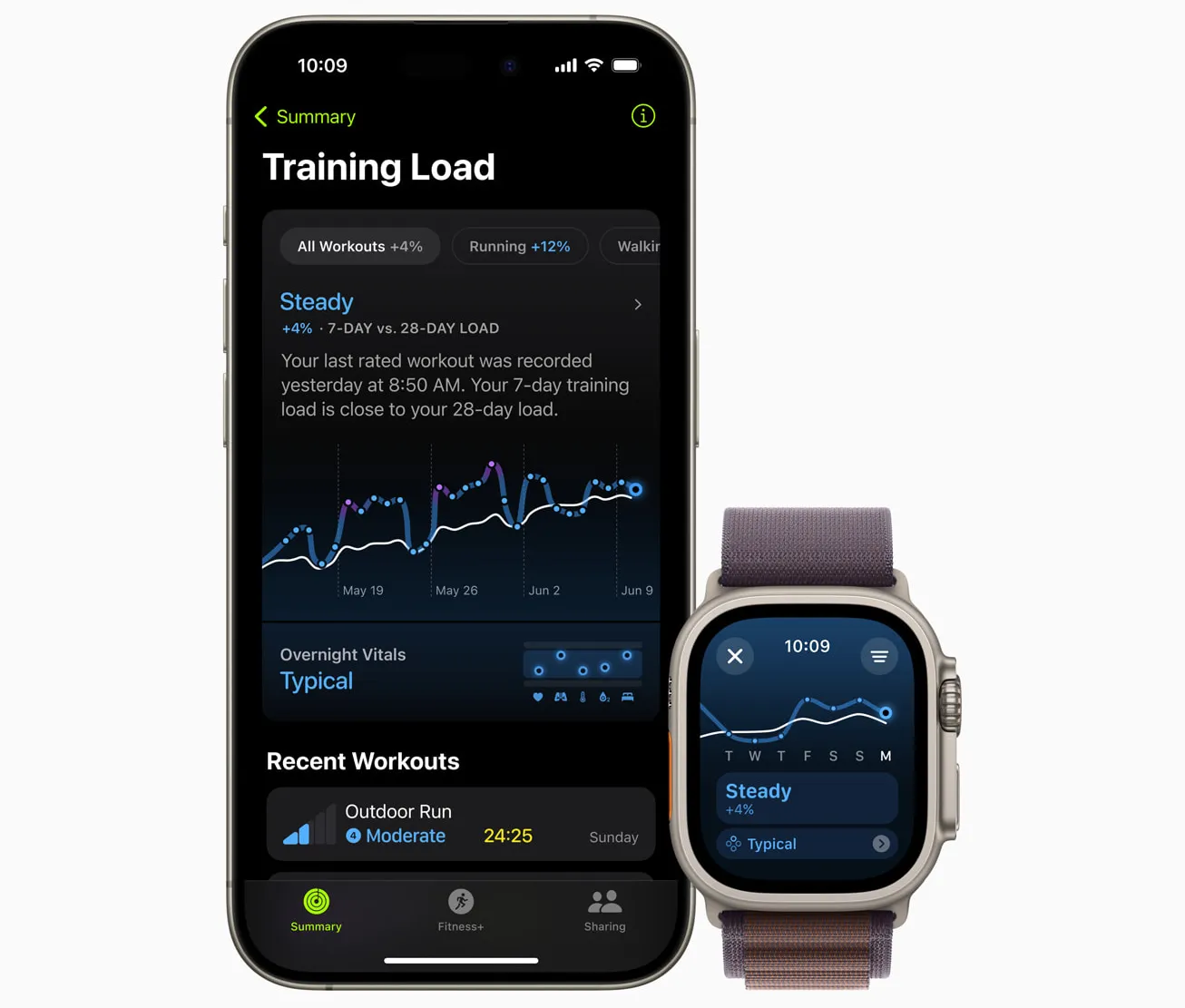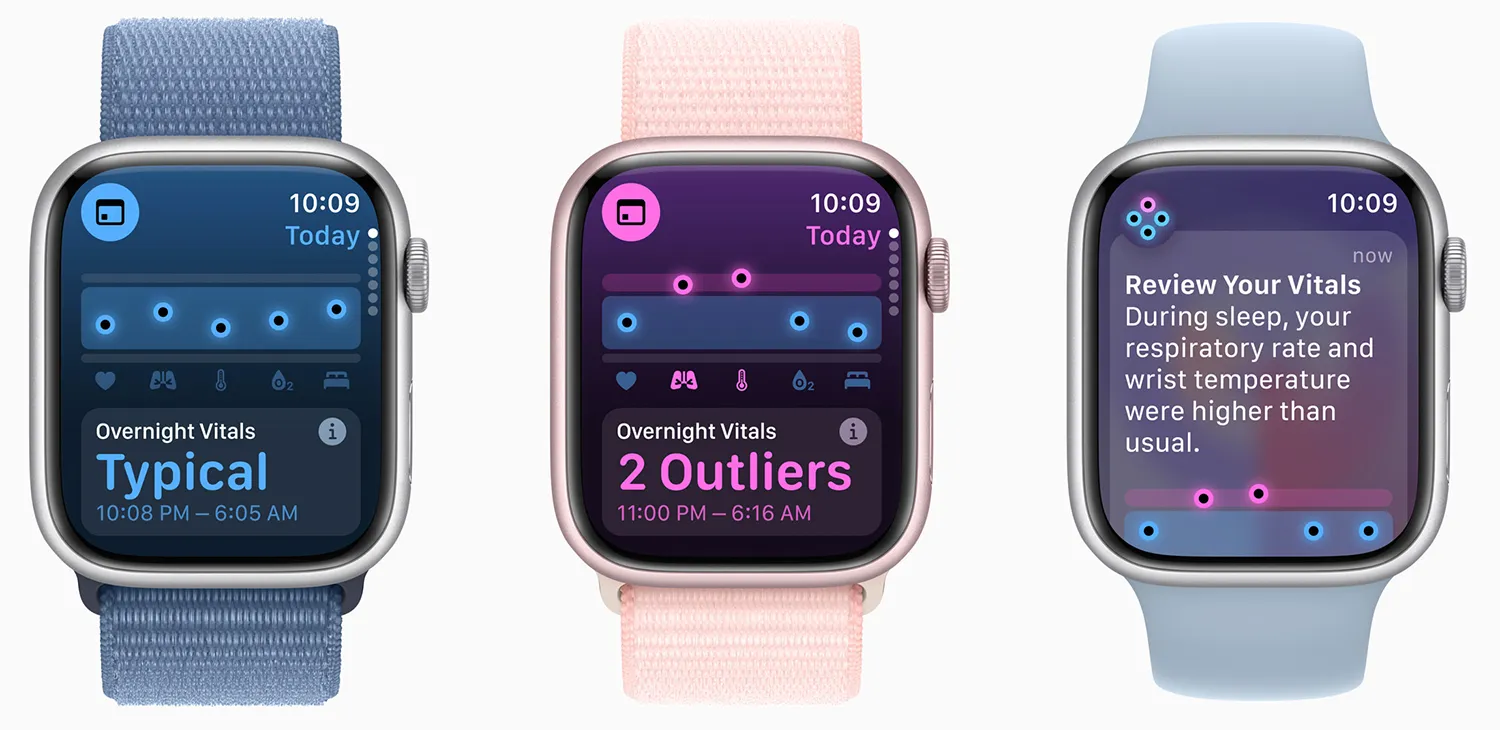![Training load is new in watchOS 11: here’s what it means [video] Training load is new in watchOS 11: here’s what it means [video]](https://www.iculture.nl/wp-content/uploads/2024/06/training-load-apple-watch.webp)
Apple has added a new metric in watchOS 11: training load. This allows you to measure how intensive your workouts have been. In other words: based on the intensity and duration of your workouts, Apple calculates what influence they have on your body over a longer period of time. This way you can prepare well for future training, for example a cycling race or a marathon.
Video: how Training Load works
Watch this video to see how the training load works on the Apple Watch, based on an automatic calculation or by making an estimate yourself.
How does training load work?
To measure intensity, indicate after each workout how much effort it took, on a scale from 1 (easy) to 10 (extremely hard). You can also do this afterwards in the Condition app on the iPhone. As you can see below, this has not yet been 100% translated into Dutch in the watchOS 11 beta. With the switch on the second screenshot you can indicate whether you want to receive a reminder after each workout to assess the effort. By default this is off.

Automatically calculate effort
For 17 popular cardio workouts such as walking and cycling, the effort is automatically calculated by an algorithm. Age, height and weight are taken into account, but workout data such as GPS, heart rate and altitude differences are also taken into account. For example, if you ran very fast up a hill and your heart rate increased considerably, then you were probably exerting yourself a lot.

You can then manually add some other factors to this estimate, such as stress or muscle pain. If you think the estimate is incorrect, you can also change the effort score manually. If you have a power meter on your bike, this value is unfortunately not included in the calculation. This also applies to power meters for runners.
For workouts without automatic estimation, you can assign a score afterwards. This applies, for example, to strength training, yoga and pilates.
Training load over 28 days
Based on both the duration of your workouts and your difficulty score, Apple Watch determines the training load for 28 days. This is a weighted average of all your efforts during this period. In the Activity app you can then compare the training load of the past 7 days with that of the past 28 days. Is this higher, stable or much higher? Then you will also see this on the screen. From this you can determine whether you are currently taxing your body more, the same amount or less. Loading more heavily can be both good and bad: it can lead to improved fitness, but the risk of injuries also increases.
You can adjust your training based on these results. In the app on the iPhone you can also see more details, for example trends over a longer period (3 months and 6 months).

Rest days for better recovery
If you have overexerted yourself, you can schedule rest days. You can then temporarily pause completing your activity rings without being penalized. This can happen, for example, if you are unable to exercise due to an injury or illness and therefore lose your streak. You can take it easy for a day, a week or even a month so that you can recover properly.
Training load and Vitals app
Because your overall health is often tied to your ability to train, you can view training load alongside information from the Vitals app in the Activity app on your Apple Watch or in the Fitness app on your iPhone. You can also find the training load in the new Vitals app.

In addition, you can also see deviating values in the Vitals app, so that you know whether there is anything you need to pay attention to. The abnormal values are shown in pink in the image below, while the normal values are shown in blue. If you get two exceptions, you will receive a warning to take a look at your measurements and look for the cause. For example, if your heart rate and breathing rate are high during sleep, the Apple Watch suggests that it may be due to drinking alcohol and illness. If one of these two is the case, you know that you do not have to look any further and you can decide to seek help.
Differences with other sports watches
The training load is not new. Other manufacturers of sports watches have been offering it for some time, but use a slightly different calculation, which also takes into account the time you have spent in a certain heart rate zone. After all, it makes quite a difference whether you have run a marathon very quickly or walked 42 km. At Apple, the Training Load is simply calculated by multiplying effort by the duration. You will not see the outcome of this calculation, but this is how it works behind the scenes.
Another difference is that the Apple Watch does not calculate a recovery score, while other sports watches often do. Sleep, HRV and other values are examined to see whether you are sufficiently rested to start training hard again. HRV is not shown in the Vitals app, so Apple may find this too advanced for the average user.
More about watchOS 11
watchOS 11 is the major Apple Watch update of 2024. In watchOS 11 you will find numerous new features, such as self-chosen walking routes with navigation and a Translation app. The suitable devices for watchOS 11 are the Apple Watch Series 6 and newer. We expect the release date of watchOS 11 in September or October, while the beta of watchOS 11 can be tested in the meantime.













